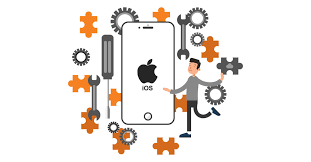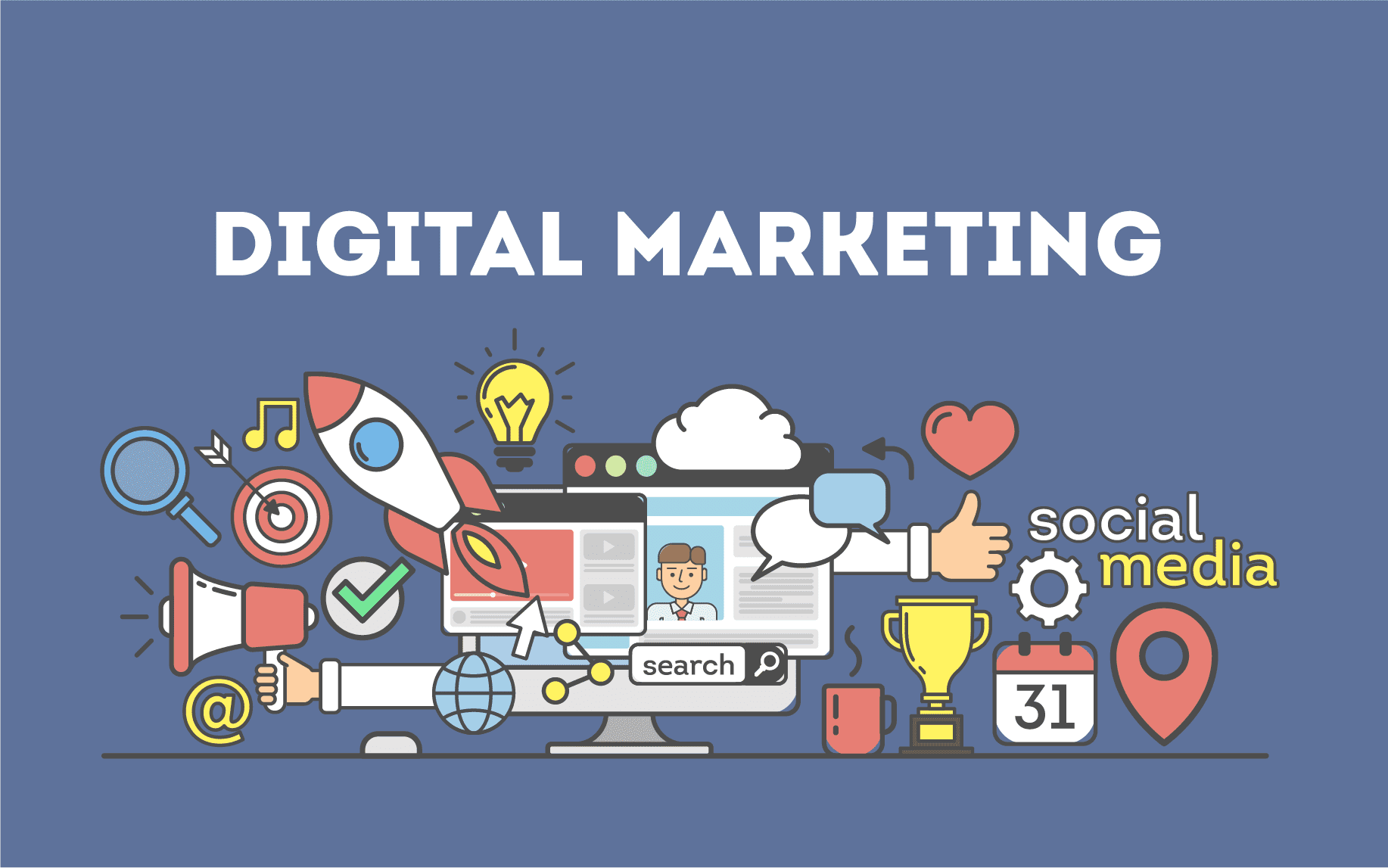
Connected consumers are making retail purchases without regard for channel, geography, or store hours. As such, marketing is evolving significantly, driven by the rapid convergence of customer, digital, and marketing technologies. Not coincidentally, Gartner’s 2014 CEO survey found that “CEOs rank digital marketing as the No. 1 most important tech-enabled capability for investment over the next five years.”
What does this mean for the CIO and the CMO? For starters, they are recognizing that the marketing levers of the past no longer work the same way, if at all. The front office of marketing is being recast around connectivity and engagement—seamless, contextual outreach tailored to specific individuals based on their preferences, behaviors, and purchase histories. Meanwhile, marketing’s back office has been transformed by new technologies for accelerating and automating campaigns, content, and positioning—fueled by data and analytics.
In simpler times, the four Ps—product, price, promotion, and place—served us well as the foundational elements of marketing. Now, however, many companies are adding four new dimensions—engagement, connectivity, data, and technology—to market to individuals instead of the masses and to create personalized, contextualized experiences. Together, these new dimensions are ushering in the next era of marketing: dimensional marketing.
The concept of dimension is important: It reflects how the marketing levers are now integrated and interrelated. The dimensions break down as follows:
Engagement:
Consumers now demand personalized, contextual, and real-time experiences with the channel that makes the most sense in the moment. Organizations armed with deep, granular knowledge of individuals have multiple channels through which to conduct personalized outreach. Every experience reflects the brand, transcending campaigns, products, sales, service, and support. User experience and great design should be cornerstones of every solution; behind the scenes, content and digital access management are critical to seamless integration of campaigns, sales, services, supply chains, and CRM systems.
Connectivity:
With one-way communication with consumers now a thing of the past, marketers are looking to build sustained relationships through a deep and meaningful understanding of individual customers. This shift from omnichannel to omnidirectional communication requires dialogue: A Deloitte study commissioned by eBay found that being broadly present across channels, and enabling each channel to serve the customer at any point through the purchase journey, raises brand awareness and drives loyalty. Social—both via social technology and real-world social behavior—plays an important role by activating audiences and sustaining (or heightening) their interest through tailored, relevant content delivered on their own terms and in their own words.
Information:
Deriving meaningful customer, sales, and product insights requires enormous volumes of data and analytics. A recent Teradata survey found that 78 percent of marketers feel pressure to become more data-driven, with 45 percent agreeing that data is the most underutilized asset in the marketing organization.³ With real-time analysis of marketing campaigns and promotions data, organizations are better able to measure and interpret business results. Better targeting and visibility across the full customer lifecycle enhances the use of standalone tools in areas such as campaign automation and bid management systems.
Technology:
With channels and customer touch points continually multiplying, marketers now own or manage the marketing platforms, architecture, and integration required to provide a consistent experience across channels. But even as marketing has evolved, many organizational capabilities remain siloed. Dimensional marketing demands platforms that are deliberately designed to accommodate multiple devices and touch points. This IT architecture should provide data, images, video, and transactions dynamically, and be based not just on who the customers are, but where they are, what they’ve done, and what they’re likely to want next.

A Digital Platform Divided:
The stage is set for technology and analytics to play a more influential role in this new world. CMOs, working with CIOs, should command a richer, data-driven repertoire of campaigns, promotions, and properties across multiple channels for varied customer types and objectives. Customer awareness, acquisition, conversion, and retention are top priorities and require attention and investment.
Organizationwide platforms to target, provision, deploy, and measure digital assets should be integrated across:
Channels: offline and online and across paid, earned, and owned media;
Context: based on the individual’s behavior, preferences, location, and other cues;
Campaigns: pricing, promotions, and offers tailored to an individual at a specific point in time; and
Content: internally and externally sourced, with increasing focus on social media and video, and optimized for mobile.
Original Source: deloitte.wsj.com















Post Your Comment
Comments